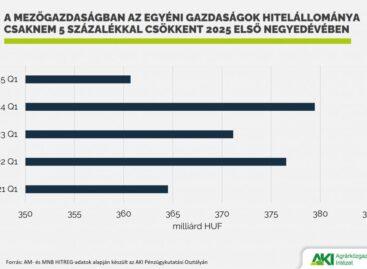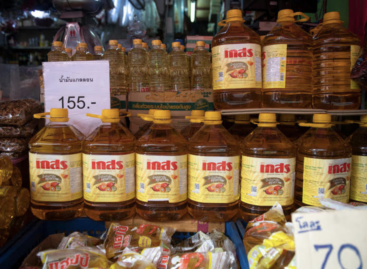No change in raw milk’s price
According to the data of AKI PÁIR, the average producer price of raw milk in Hungary was HUF 109.08/kg in July 2021. Protein content decreased by 0.02 percentage point, the fat content was down 0.05 percentage point, and the base and the average prices were stagnating in comparison with June 2021. If compared with July 2020, the average price was 8 percent higher. The export price of raw milk was HUF 115.42/kg in July 2021, it didn’t change in one month but increased by 16 percent compared to the same month of the previous year. Raw milk export was 35 percent higher in July 2021 than in July 2020.

In Hungary the producer price of milling wheat (excluding VAT and transport costs) was HUF 78.2 thousand per tonne (+44 percent), feed wheat’s price was HUF 75.1 thousand per tonne (+43 percent) and feed maize cost HUF 79.8 thousand per tonne (+74 percent) on the first week of September.
As for the processor’s sales price of wines without geographical indication (GI) and wines with protected geographical indication (PGI), it increased by almost 6 percent to HUF 23.4 thousand per hectolitre in the first eight months of 2021 – compared to the same period of the previous year. //
Related news
At the forefront of the domestic food industry for more than half a century
The future of the food industry is shaped by young…
Read more >Agricultural loans decreased by 6 percent
Agricultural loans decreased by 6.0 percent to HUF 1,001.2 billion…
Read more >Agriculture’s income-generating capacity may depend on irrigation
Europe is facing an increasingly significant water shortage, so agriculture’s…
Read more >Related news
Corporate leaders’ commitment to sustainability at record level
According to the latest data from the K&H Sustainability Index,…
Read more >FAO food price index rose slightly in June due to higher prices of meat, dairy products and vegetable oils
The Food and Agriculture Organization of the United Nations (FAO)…
Read more >What can cause the price of a wine to increase tenfold?
There are fewer of them worldwide than the number of…
Read more >






